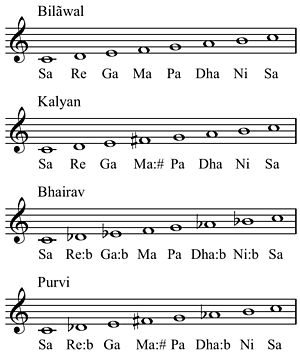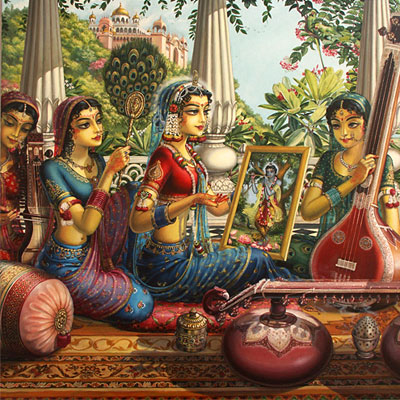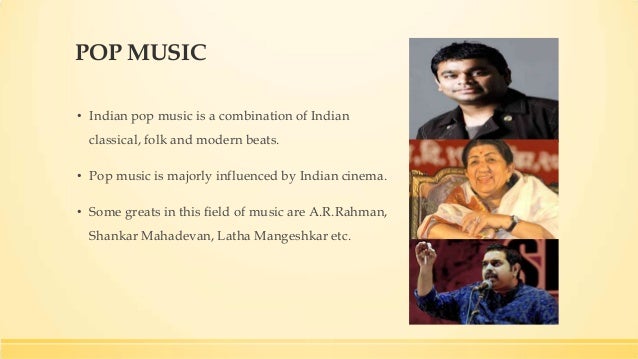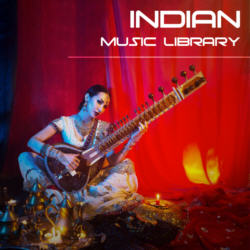Title Text
Title Text
- According to ancient Hindu scriptures, it was believed that music was a gift from heaven. They thought that sound is God and everything is a manifestation of God. Shiva (the destroyer) Brahma (the creator) Vishnu (the preserver)

- In India, music is call “Sangeet,” which means the art of playing musical instruments, singing and dancing. Indian music is a sacred form of artistic expression that dates back to the ancient times.
- Vedas – religious chant where Indian music began and without accompaniment.
- Indian music is the oldest unbroken musical tradition in the world. It is considered the most intricate musical system that contains highly developed polyrhythms, delicate nuances, ornamentation, and microtones.
(The Vedas are a large body of texts originating in the ancient Indian subcontinent.)
- HINDUSTANI MUSIC • Majorly found in the northern part of the Indian sub-continent • It is highly influenced by the Islamic and Mughal culture • Tabla and harmonium are the major instruments used in this type of music.
- CARNATIC MUSIC • Carnatic music is a part of the south- Indian culture. • It is often referred as refined and more structured form of music compared to Hindustani music • The primary instruments used are Mridhangam and violin • Carnatic Music is primarily classified into 72 ragas.
(A raga or raag is one of the melodic modes used in traditional South Asian music genres such as Indian classical music and qawwali.)
The music of India can be divided into two unique traditions:
Indian Carnatic Music

A Harmonium- an Indian instrument Tabla
Hindustani Vedic (religious) Music


- Tala (Rhythm) -Known to be the rhythmic time cycle of Indian music- Composed of long and short beats that are accented and unaccented. Sam – the first beat of tala/ accented beat Khali – the empty beat/ unaccented beat - Marked by hand claps, hand waves and movement of the fingers.
- Angas – smaller rhythmic patterns of tala.
- Raga (Melody) - Indian word for scale or melody - It is a specific arrangement of tones. - Compositions are based on 72 types of scales, many of them similar. - The literal translation of the word Raga is "that which colors the mind."
Elements of Indian Music
SA RE GA MA DA DHA TI
Do re mi fa so la ti
Moods of Raga: Happiness, Sorrow, Devotion, Tranquility, Heroism etc.


FOLK MUSIC • Indian folk music is diverse because of its vast cultural diversity
• Most folk music in India are dance oriented.
• Folk music is also largely influenced by local practices and culture.



Musical Instruments



Thanks for watching!!!
Let's listen some beautiful music;)
Traditional music
Bollywood song
Music of India
By mingyangli
Music of India
- 966

